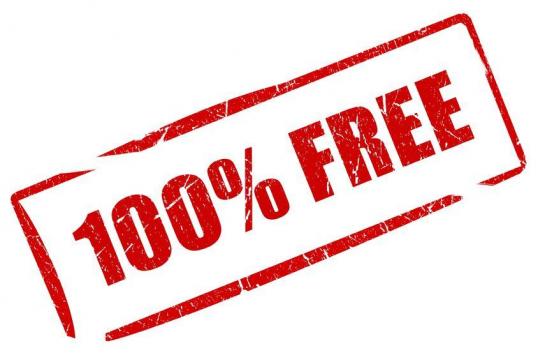and upon this rock I will build my church;
and the gates of hell shall not prevail against it
The linchpin of the digital revolution is “zero marginal cost”: the fact that once you have built it, making it available to the next user costs next to nothing. Advances in information technology are driving down production and distribution costs, generating considerable welfare gains for all of us. But the relentless race to the rock bottom of the cost curve is not contained to the information technology sector. Digital cost efficiencies and “productivity gains” affect other services and manufacturing industries as well, not halting at the regulatory barriers in the energy sector or the financial world. Jeremy Rifkin aptly dubbed the coming age (and his most recent book) the zero marginal cost society.
More and more of our precious time is devoted to consume information goods, from software code over video content to gene sequences. Competition demands that prices for this digital offspring must follow marginal costs on their way to zero. With cost or information no longer a barrier to entry, the “new economy” slashes prices and profits just to scale faster than the next supplier. The aim is to dominate a market in which the winner takes all — and only then tries to up-sell a premium offering to his captive audience. This “free(mium)” model is not a matter of choice. Gartner estimates that 95% of mobile applications for instance will be free of charge in 2018, and only 1 in 10,000 apps will make money for its maker. As a result, the current way in which we measure social and economic contribution – epitomised by GDP – is ill-adapted to describe the value(s) of the new economy. Hundreds of billions of dollars in welfare gains are missing from the official statistics. It is time spent, not money spent.
The longer governments and central bankers continue to rely on obsolete measures of added value, the longer those “priceless” contributions go ignored. These old money measures tend to understate economic well-being. The result is misallocation of capital and human resources. The current benefits and clouded prospects of disruption-prone sectors (say, travel agents or taxi drivers) are fully taken into account, the booming free(mium) share of the economy is not. But with every investor, software engineer and entrepreneur that flocks to the digital world, the GDP gap that led to the underestimation in the first place deepens again, and the feedback loop strengthens.
In addition, the free world built on zero marginal cost can fundamentally erode propensity to pay among consumers. Expectations that paying is a thing of the past can get firmly anchored: deflationary tendencies abound in this age of abundance. Some of these are already considered the normal way of doing things – not just for digital natives.
Imagine the opportunities that will arise from the manner in which our “zero marginal cost society” absorbs this shock to the system. How we will overcome the inertia of labour markets and education, reshape current for-profit business models and corporate management – rethink even basic concepts such as income and inequality, property and taxes.

